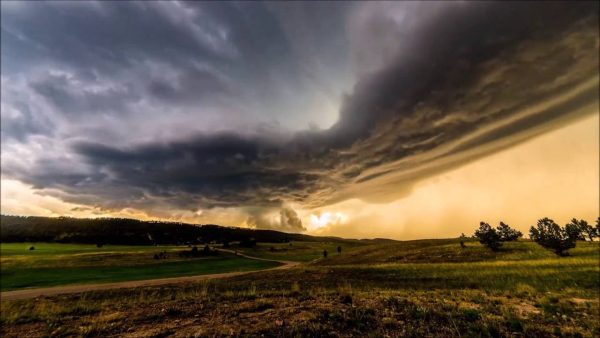
So far in 2023, the United States has sustained a total of 23 verified weather-related disasters surpassing $1 billion in estimated damages. Of the 23 verified billion-dollar events, eight are categorized as multi-billion-dollar events, according to the Gallagher Re Natural Catastrophe Report. This report, furnished annually by global reinsurer Gallagher Re, summarizes preliminary global loss totals and major catastrophe events that occurred during the first half of the year. The incidents noted in the report encompass 2 flooding events, 18 severe storms, 1 tropical cyclone, 1 wildfire, and 1 winter storm occurrence. Weather events exceeding 1 billion dollars in damage are growing and happening more frequently.
Additionally, there are many more damaging events resulting in under a billion in damage which are still significant. It is yet to be determined what the total amount of property damage will be by 2024. Due to the amount of property insurance claims resulting from these events, policyholders should make sure the damage to their property is fully inventoried and documented to ensure they are getting a fair settlement from their insurance carrier. Public adjusters are an asset to assist, as they only represent the policyholder, not the insurance carrier. Public adjusters are licensed by states to interpret insurance policies, properly scope damage, and work on behalf of insureds to resolve their claims.
As of August 2023, cumulative losses for the year have reached a staggering $57.6 billion. This places 2023 third in history for losses within the 40-year data range for this time of year. During August, eight additional billion-dollar weather disasters were officially confirmed. These included Hurricane Idalia, the Hawaii Firestorm, the mid-July Northeast flooding, North Central U.S. Severe Weather, the Minnesota Hailstorms on August 11, along various other severe storm events that transpired in late July and early August.
It’s important to speak with your insurance agent to ensure your insurance policy fully covers your risk. Due to the increasing weather events in the United States, you don’t want to find out you are underinsured or don’t have coverage at all at the time you need to file a claim.


